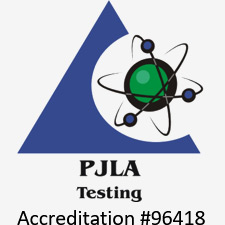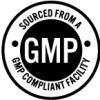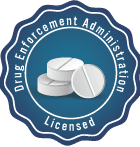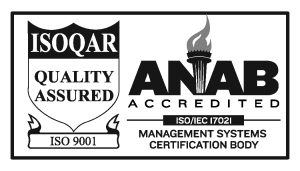One of the most commonly used methods of sterilization in the medical industry is sterilization with ethylene oxide. Ethylene oxide (EO) is compatible with most materials used in the manufacture of medical devices and requires relatively low temperatures to be effective. The use of ethylene oxide is complicated by the fact that it possesses mutagenic properties and is classified as a human carcinogen by the International Agency for Research on Cancer (IARC). Ethylene oxide may also form ethylene glycol (EG) and ethylene chlorohydrin (ECH) which are also toxic. Therefore, it is important to ensure that these chemicals have been reduced to safe levels prior to using a device sterilized in this way.
ISO 10993-7 specifies the acceptable levels of EO and ECH residue that may be found on sterilized medical devices and describes techniques for determining whether a particular device meets these specifications. Two types of extraction are outlined in the standard, simulated use and exhaustive extraction. Simulated use extraction imitates the use of a device with water extraction to determine the amount of residue the patient or user will be exposed to during routine use of the device. Exhaustive extraction is defined as extraction until the amount of EO or ECH detected in an extraction is less than 10% of the amount detected in the first extraction, or until the cumulative residue levels detected do not increase significantly. [1]
ISO 10993-7 describes several gas chromatography techniques that may be used to determine the levels of EO and ECH in an extract. These techniques may not be appropriate to analyze certain devices. According to ISO 10993-7: “… any method that has been shown to be analytically sound (i.e. demonstrated accuracy, precision, linearity, sensitivity, and selectivity) may be used, provided that it has been validated.” [1]
References
[1] International Organization for Standardization. Biological evaluation of medical devices — Part 7: Ethylene oxide sterilization residuals. Geneva (Switzerland): ISO; 2008. (ISO 10993-7:2008).




